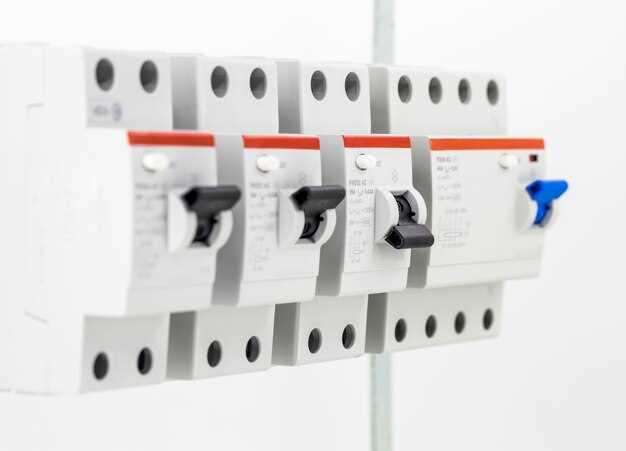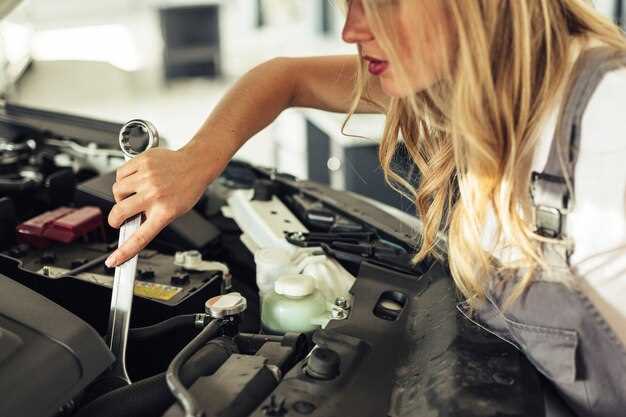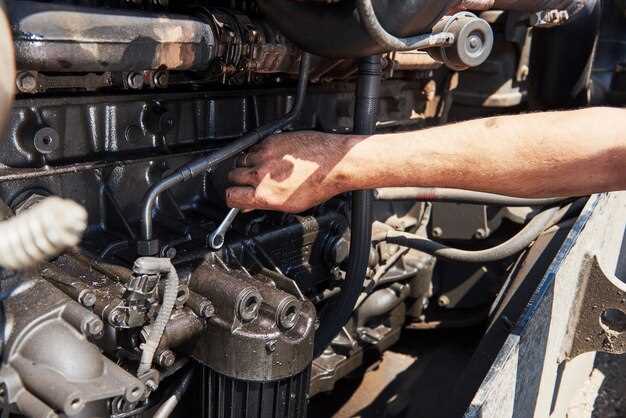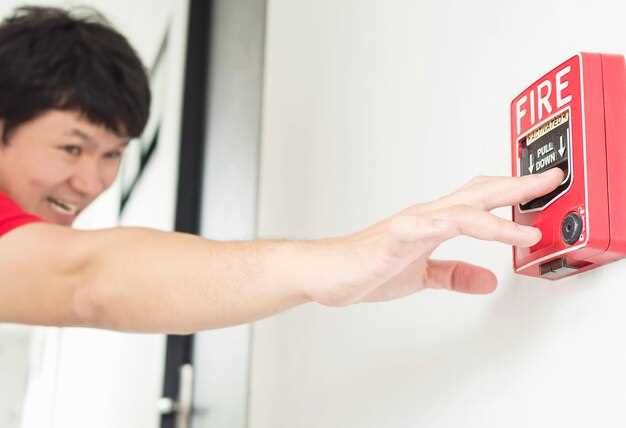
The dynamics of automotive handling and performance are influenced significantly by various alignment settings, with two of the most critical parameters being toe camber and caster. These components are essential in defining how tires interact with the road surface, ultimately affecting grip, stability, and overall track performance. Understanding their impact is crucial for both amateur racers and automotive engineers striving to optimize vehicle dynamics for competitive scenarios.
Toe camber refers to the angle of the tires relative to the centerline of the vehicle when viewed from above. It plays a vital role in tire wear, steering response, and cornering stability. Adjusting toe angles can enhance or hinder a vehicle’s ability to navigate tight turns or maintain straight-line stability. A well-balanced toe setting can significantly improve a car’s responsiveness, particularly when entering and exiting corners at high speeds.
Caster is the angle formed by the steering axis in relation to the vertical axis of the vehicle when viewed from the side. This angle affects the self-centering characteristics of the steering system and the overall weight distribution during acceleration and braking. An optimal caster setting can lead to increased stability at high speeds while providing the driver with a more connected feel to the vehicle, especially during dynamic maneuvers on the track.
In this article, we will explore how the interplay between toe camber and caster adjustments can lead to enhanced track performance. We will examine the mathematical and physical principles behind these alignments, alongside practical applications and real-world examples from motorsport. Understanding these concepts will equip racers with the knowledge necessary to fine-tune their vehicles for maximum effectiveness on the track.
How Toe Angles Influence Tire Wear and Grip

The alignment of a vehicle’s wheels is crucial for optimizing performance, and toe angles play a significant role in this process. Toe refers to the direction of the wheels when viewed from above; if the front of the wheels is closer together than the rear, the toe is considered ‘in,’ and if the rear is closer, it is ‘out.’ This alignment directly affects both tire wear and grip, impacting overall track performance.
Tire Wear: Unbalanced toe settings can lead to uneven tire wear. When the toe angle is incorrect, tires may scuff and degrade prematurely. For example, excessive toe-in can cause the inner edges of the tires to wear more quickly, while excessive toe-out can lead to wear on the outer edges. Consistent, pronounced wear patterns not only reduce the lifespan of the tires but can also detract from the vehicle’s performance and handling characteristics.
Grip: The grip of a tire is its ability to maintain contact with the track surface during acceleration, braking, and cornering. Proper toe alignment enhances grip by ensuring that the tire footprint is adequately aligned with the direction of travel. An optimal toe setting allows for better contact patch stability, maximizing the friction between the tire and the road. If a vehicle has too much toe-in, it may feel more stable in a straight line but can become less responsive in corners. Conversely, excessive toe-out can improve cornering agility but may compromise straight-line stability.
In summary, finding the right toe angle is essential for balancing tire wear and grip. Regular alignment checks and adjustments are recommended to ensure that both factors are optimized, allowing for enhanced performance on the track.
The Role of Caster Angle in Steering Response and Stability
The caster angle, defined as the angle between the steering axis and the vertical line when viewed from the side of the vehicle, plays a critical role in determining the steering response and overall stability of a vehicle. A positive caster angle, where the top of the steering axis is tilted towards the rear of the vehicle, enhances straight-line stability. This design allows the wheels to self-center after a turn, making it easier for the driver to maintain control during both high-speed and low-speed maneuvers.
A significant benefit of a well-calibrated caster angle is improved feedback through the steering wheel. When a vehicle is equipped with a proper caster angle, the driver experiences more precise handling and a better connection to the vehicle’s dynamics. This allows for quicker responses when steering adjustments are made, enhancing the overall driving experience, especially in performance driving scenarios.
Furthermore, the caster angle also impacts tire wear and cornering performance. With an appropriate caster setup, the weight distribution during cornering is optimized, allowing the tires to maintain better contact with the road surface. This feature not only enhances grip but also prolongs the lifespan of the tires due to more even wear patterns.
On the flip side, excessive caster angles can lead to steering heaviness, particularly at slower speeds, making parking and low-speed maneuvering more challenging. Therefore, a careful balance is required to optimize the caster angle for both performance and daily usability. Adjustments must be made considering the specific application of the vehicle, whether it be for racing, off-road, or everyday driving scenarios.
In summary, the caster angle is a crucial parameter that influences steering response, stability, and tire performance. The right caster setup promotes self-centering, enhances steering feedback, and ensures optimal contact between tires and the road, ultimately leading to better overall vehicle dynamics.
Adjusting Camber Settings for Optimal Cornering Performance
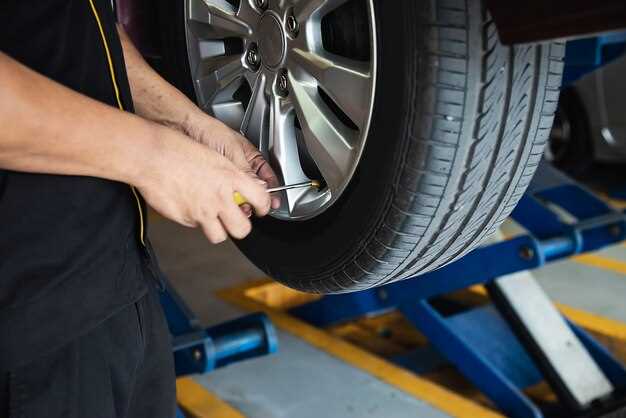
Camber settings play a crucial role in the handling characteristics of a vehicle, especially during cornering. Proper adjustment of camber can significantly improve tire contact with the road, enhancing grip and stability while navigating turns. This is particularly important in motorsport where maximum performance is essential.
Understanding Camber Angle
Camber refers to the angle of the wheels in relation to the vertical axis when viewed from the front or rear of the vehicle. A negative camber angle means the top of the tire leans inward toward the vehicle, while a positive camber angle indicates the opposite. In most performance scenarios, a slight negative camber is preferred to ensure that the tire’s contact patch remains consistent during lateral load shifts experienced when cornering.
Effects on Tire Performance
Adjusting camber settings affects how the tires wear and perform. With negative camber, tires maintain a larger contact area when cornering, which enhances grip. This allows for better cornering speeds and improved handling. However, excessive negative camber can lead to uneven tire wear and reduced straight-line stability, as the tire’s contact patch becomes too narrow when driving straight.
Finding the Ideal Camber Setting
The ideal camber setting is often a balance between competitive performance and tire longevity. For track use, settings typically range between -1.5 to -3 degrees of camber, depending on the type of vehicle, tire compound, and track conditions. It’s essential to test various settings to find the optimal angle that maximizes cornering performance without sacrificing tire wear too significantly.
Consideration of Track Conditions
Environmental factors also influence camber adjustments. On a smoother track, less camber may be needed, while bumpy or rougher surfaces may require more negative camber to maintain control and traction. Additionally, understanding how changes in track temperature affect tire behavior can guide adjustments in camber for better performance.
Fine-Tuning Through Testing
To achieve the best results, fine-tuning camber settings should be done through rigorous testing and data collection. Trackside adjustments, combined with observations of tire wear patterns and performance metrics, can guide drivers and engineers in finding the most effective camber settings. Using telemetry data to understand how the car behaves under different camber angles ensures that drivers maximize their performance through precise adjustments.
Ultimately, achieving optimal cornering performance through effective camber adjustment requires a systematic approach, taking into account vehicle dynamics, tire characteristics, and track conditions. By carefully calibrating camber settings, racers can enhance their competitive edge and achieve quicker lap times.















